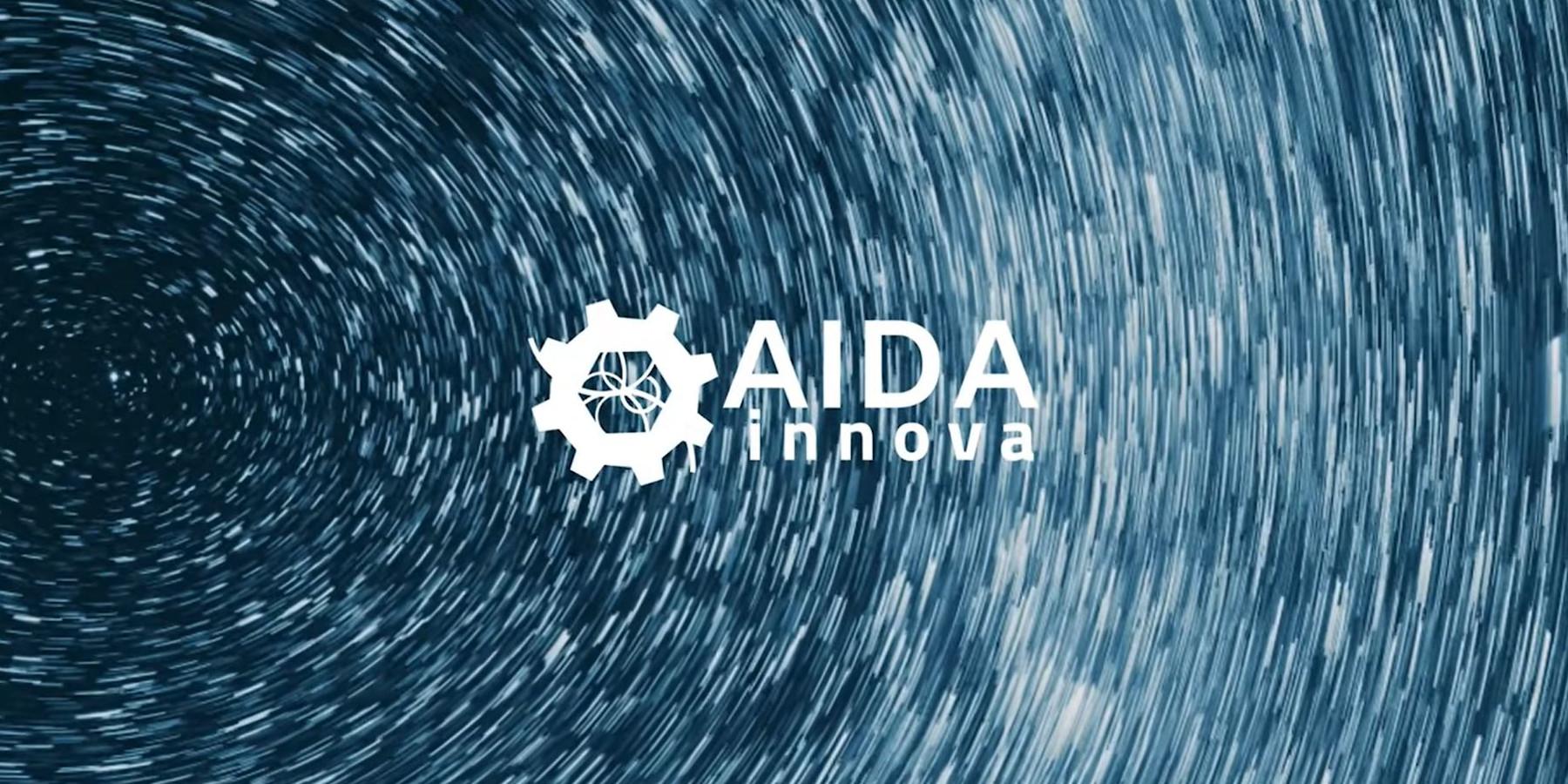AIDAinnova: a European partnership for innovation in detection technology
A European project, comprising 45 partners from academic and industrial backgrounds, to provide state-of-the-art to research infrastructures in particle physics, such as the CERN. The Institute of Microelectronics of Barcelona is one of the partners, in a long-standing collaboration with CERN.

The Institute of Microelectronics of Barcelona is a partner of the AIDAinnova consortium, a European project designed to answer the need for highly specialized detector equipment in particle physics. The initiative is now one year old and is co-funded by the European Commission under its Horizon 2020 programme.
Discoveries in particle physics are technology-driven; AIDAinnova will provide state-of-the-art upgrades to research infrastructures, such as test beams, in order to unfold the scientific potential of detector technologies.
Due to the need for highly specialized detector equipment, often in industrial-scale numbers, the project will involve eight industrial companies, three RTOs (Research and Technology Organisations) and 34 academic institutions in 15 countries, in co-innovation for common detector projects, strengthening the competence and competitiveness of the industrial partners in other markets.
IMB-CNM proposed a new technology called LGAD (Low Gain Avalanche Detectors) which is now the baseline for the fabrication of time detectors at CERN experiments and is playing a leading role in the development of the new generation of timing detectors that can withstand high radiation fluences.
"The institute is involved in the AidaInnova project fabricating innovative silicon radiation detectors in its Integrated Micro and Nanofabrication clean room facility and testing their functionality in the complementary laboratories for microsystems processes, device packaging and electrical characterization", explains Giulio Pellegrini, leader of the IMB-CNM contribution to the project.
Radiation detectors are mainly fabricated in silicon substrates by doping narrow strips or pixels to turn them into diodes, which are then reverse biased. As charged particles pass through these strips or pixels, they cause small ionization currents that can be detected and measured at read ot electronics specifically designed for this purpose.
A consortium made of 15 different European backgrounds
The project is highly multidisciplinary, involving people from different backgrounds, not only research staff. The team is working towards new detectors tailor-made for the CERN. The application of this developments goes beyond the particle physics, as it can be applied in medical imaging, art restoration or weather forecasting.
AIDAinnova comprises 45 partners from academic, industry and Research and Technology Organisations from 15 different European countries, and includes CERN. The work is structured across 14 Work Packages.




